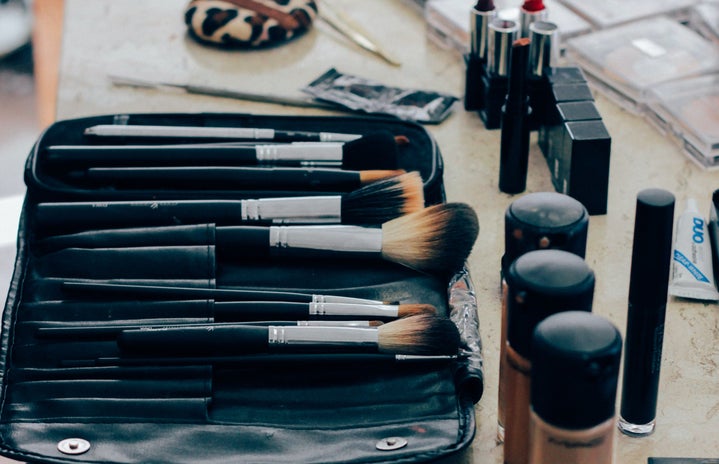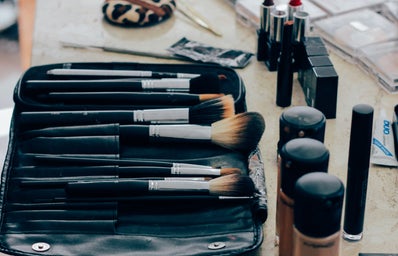I’ve always been a skincare fanatic, but landing a summer job for a Korean skincare brand took things to the next level. As my first official job ever, working as a Seasonal Sales Associate challenged me to quickly learn the ins and outs of the company’s products. Fueled by the questions from customers during my first week of training, I felt inspired to further my personal knowledge about skincare. I wanted to learn about common ingredients and their effects, which products were most suitable for each skin type, and how to improve my own routine.
Training for the job initially felt exactly like studying for school. The most basic information we were expected to know included the infamous 10 step Korean skincare routine. Prior to starting the job, I had no idea what the difference between “ampoule,” “essence,” and “emulsion” were. For those of you unfamiliar with these types of products, they’re all made for adding layers of moisture to your skin while also sometimes providing another benefit such as brightening. While ampoule is another name for serum, essence and emulsion can have varying consistencies, making it hard to say which of the two come first in your routine. Just remember that routines normally go from lightest to thickest consistency. If you prefer a more minimal routine, I would stick to an essence that provides moisture and improves absorption of the products you layer on next.
The skincare industry never fails to come up with new, eye-catching products that are so tempting to try (especially if they have cute packaging). Having “snail mucus extract” or “snail mucin” (the slime they naturally release) as an ingredient is one such example of that phenomenon. As one of the company’s sought-after ingredients, it definitely made American customers cringe, but also curious of its effects on the skin. Snail mucin is found to improve skin texture and provide intense hydration since it contains beneficial ingredients such as hyaluronic and glycolic acid. I would often recommend our snail mucin products to those looking to clear up any blemishes with a dry skin type. As luxury beauty meets naturally derived ingredients, snail mucin will be far from the last weird and unusual ingredient in skincare.
If you have sensitive skin like me, you know that it can be extremely difficult to find a great exfoliator. Typical physical exfoliators have extremely abrasive beads, sugar, salt, or even worse, crushed nut shells. When using them in the moment, these exfoliators may do a great job of brightening up your skin, but in the long-term, they can cause serious damage by creating micro-tears. Micro-tears can lead to even worse skin texture and severe dryness as it weakens your natural skin barrier that keeps it hydrated. Stick to chemical exfoliators, such as toners with AHA and BHA ingredients in them so it can gently slough off the dead skin cells over time without over-stripping any layers. Even more fun and satisfying are liquid peeling exfoliators, or known in Korean skincare as “peeling gel.” As you rub the gel around your face with a circular motion, the dead skin cells and the product form clumps that you can easily wash off. Both chemical and liquid peeling exfoliators feel amazing on sensitive skin as it doesn’t cause redness or harsh tears.
The biggest thing to note is that while not everyone may need (or want) to do a 10-step skincare routine, it’s important to be your skin’s best friend. Try to understand it and figure out what your skin truly needs to look and feel its best. Pretty soon, you’ll be reaping all the benefits!



